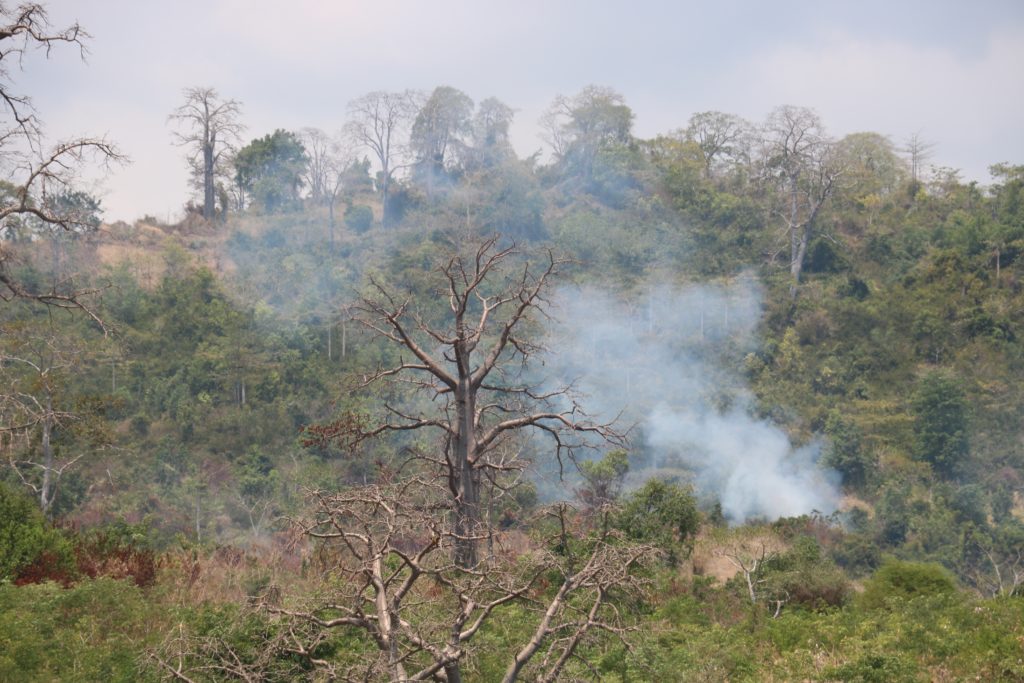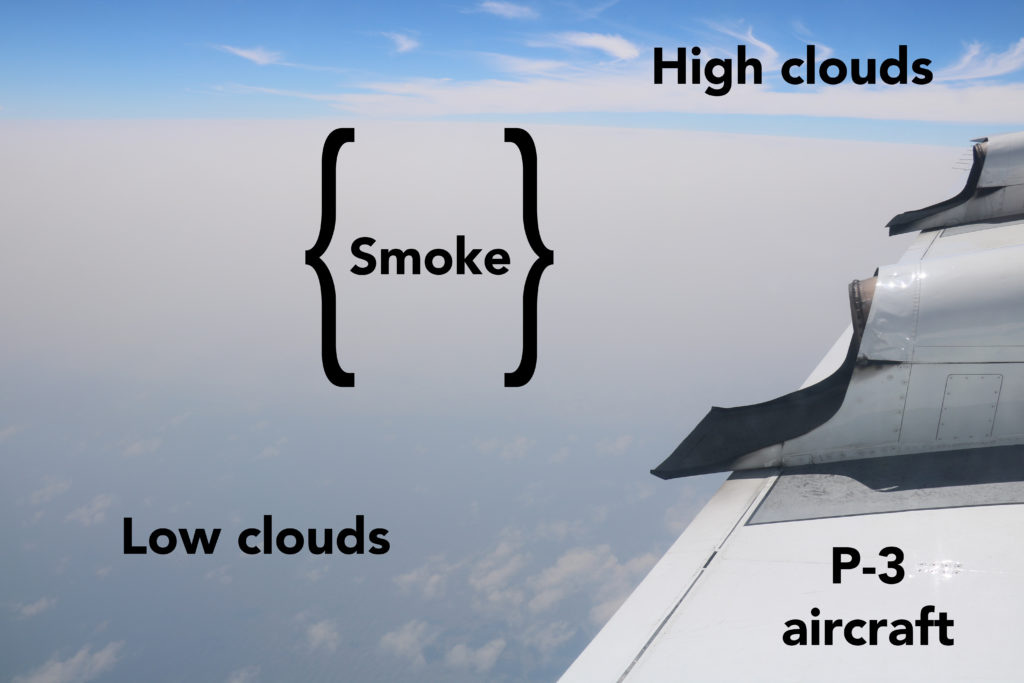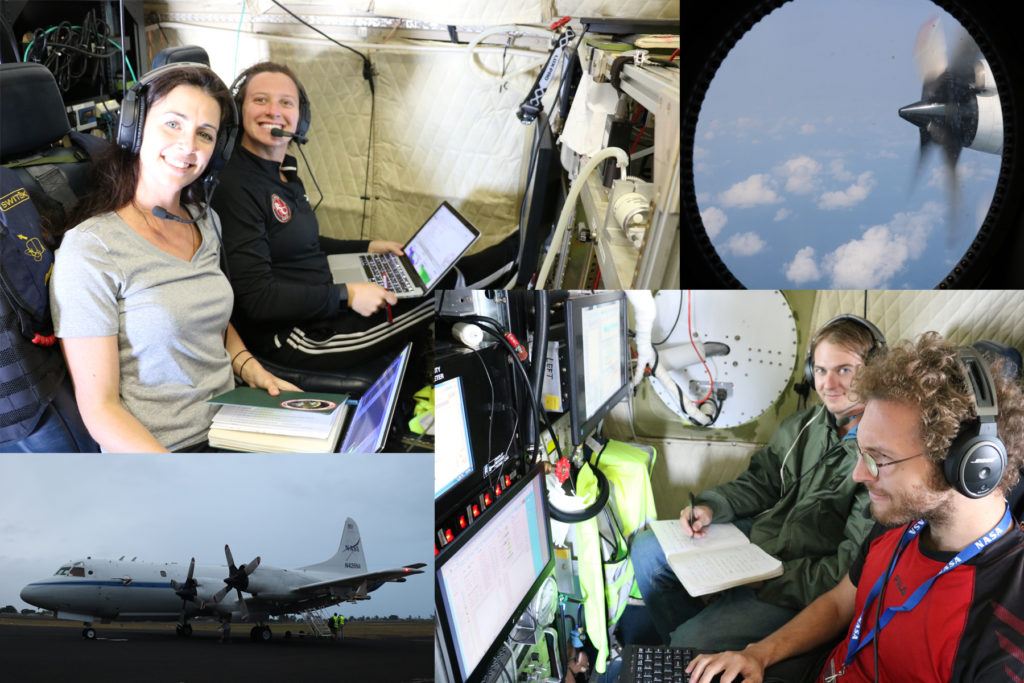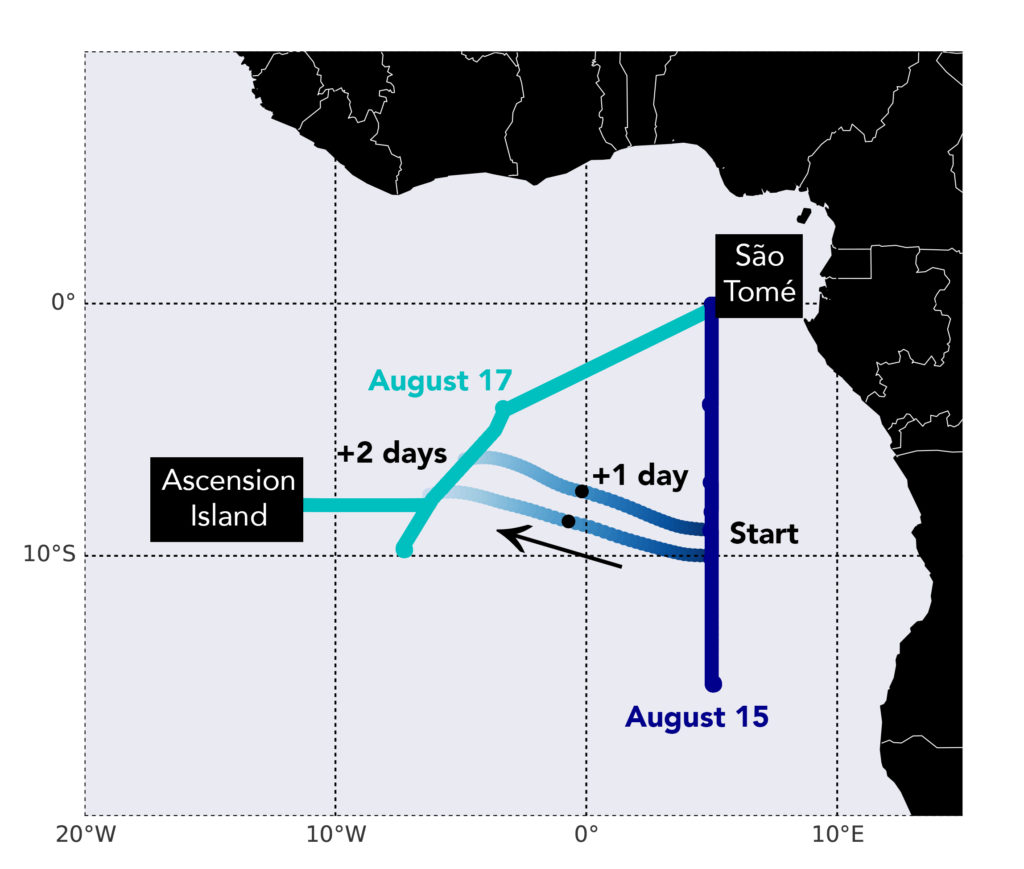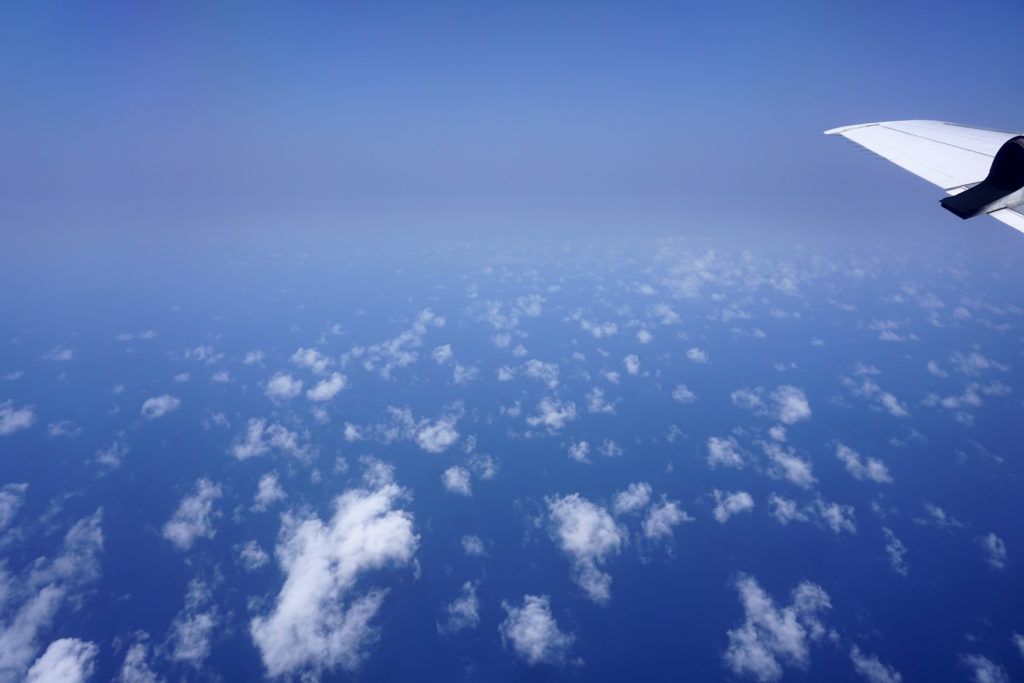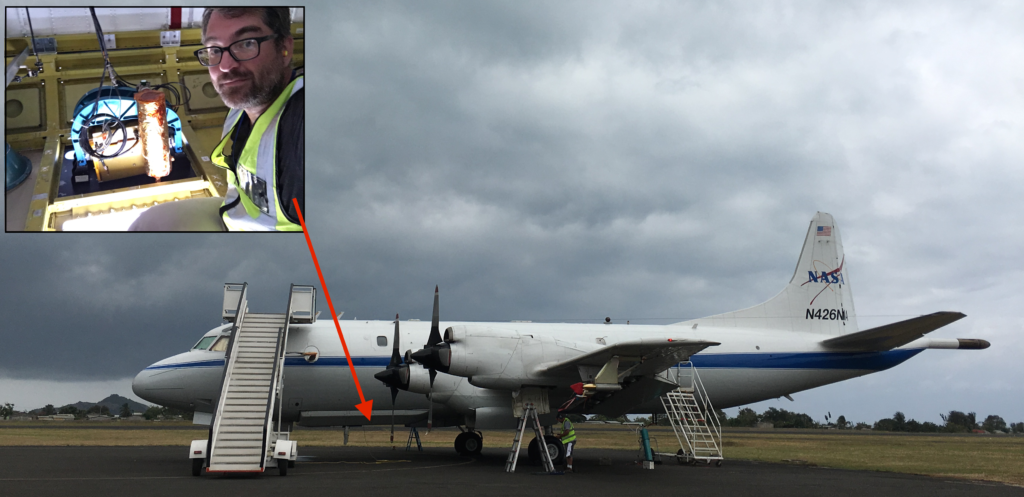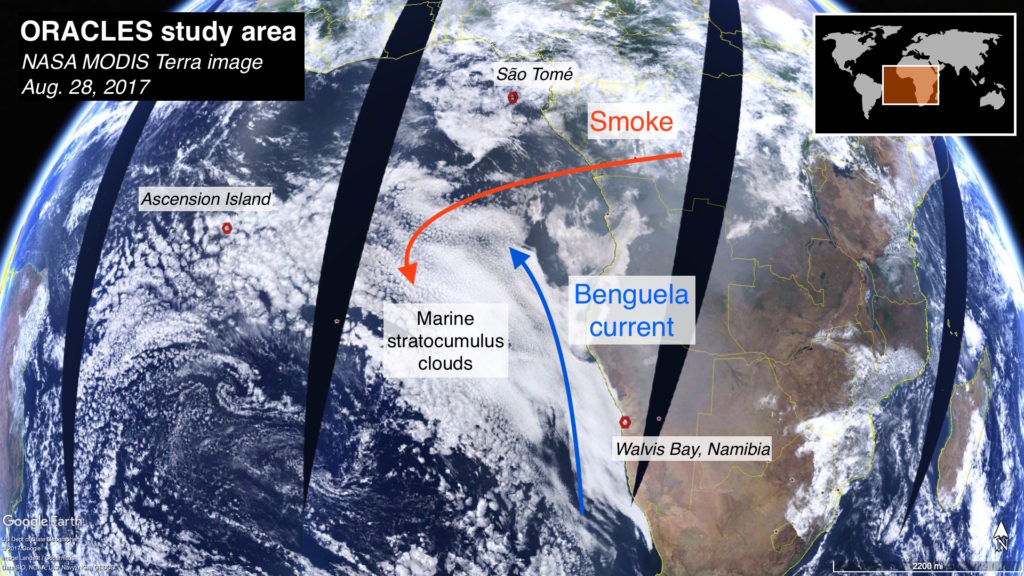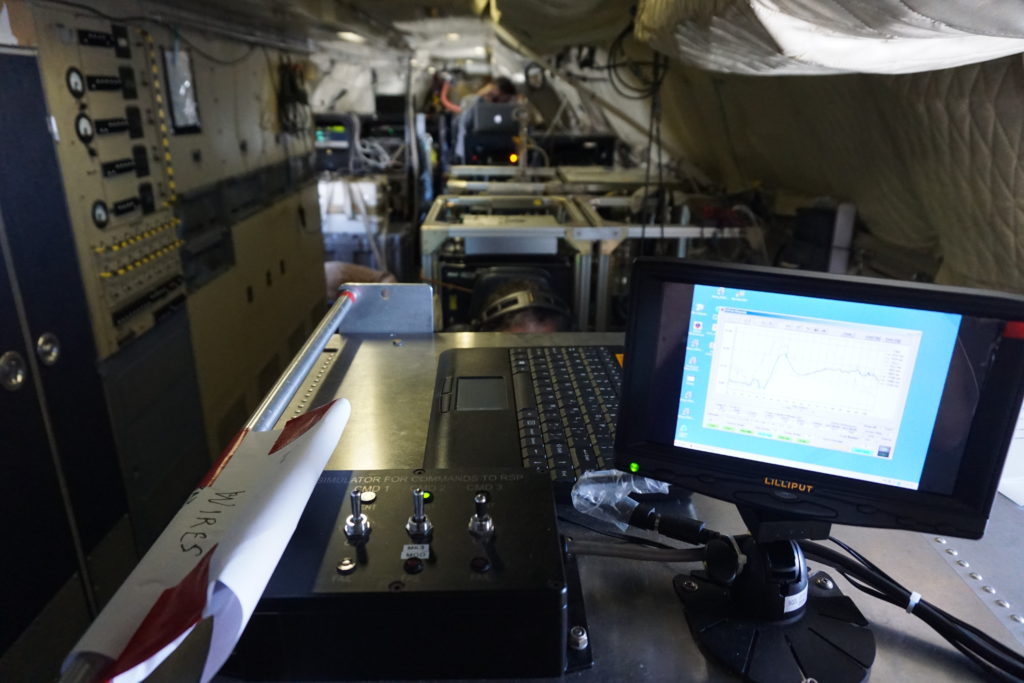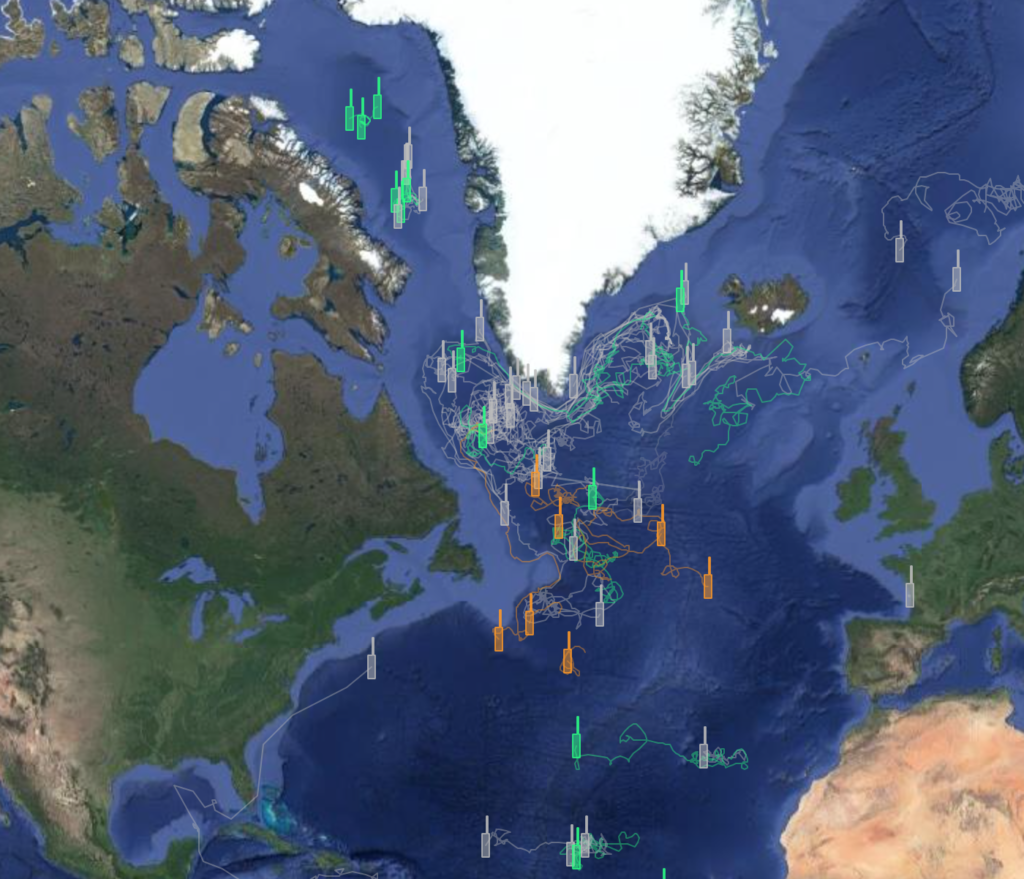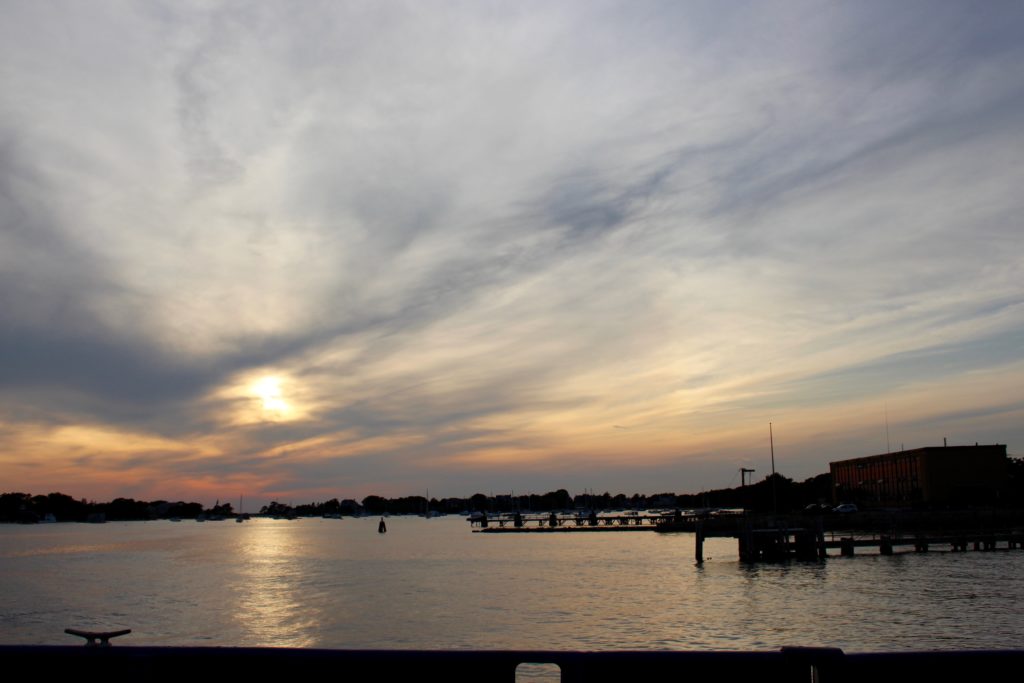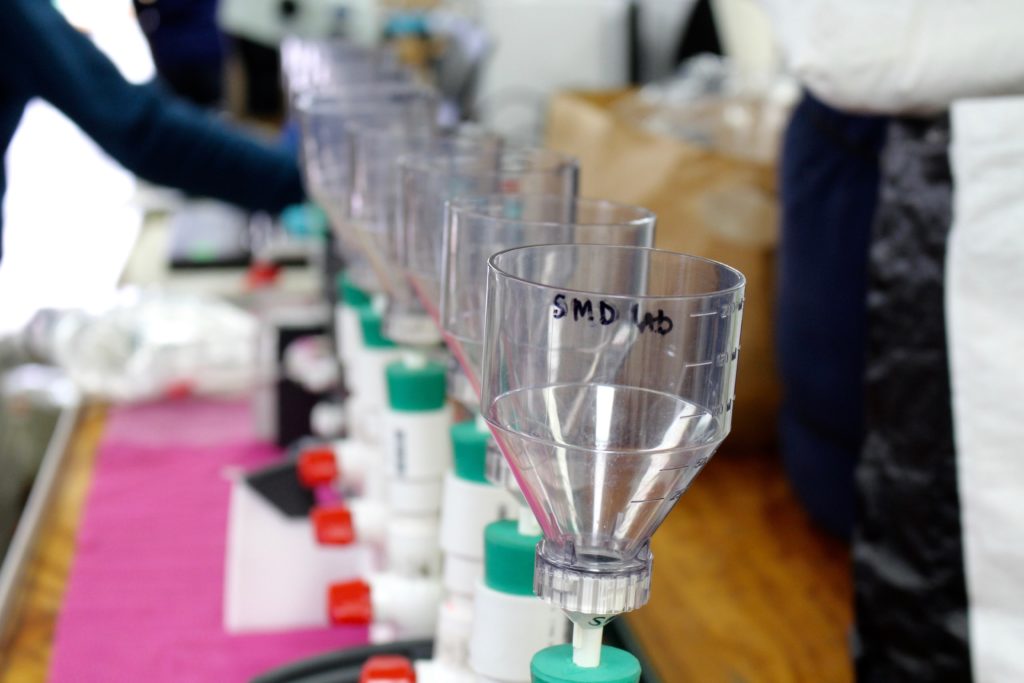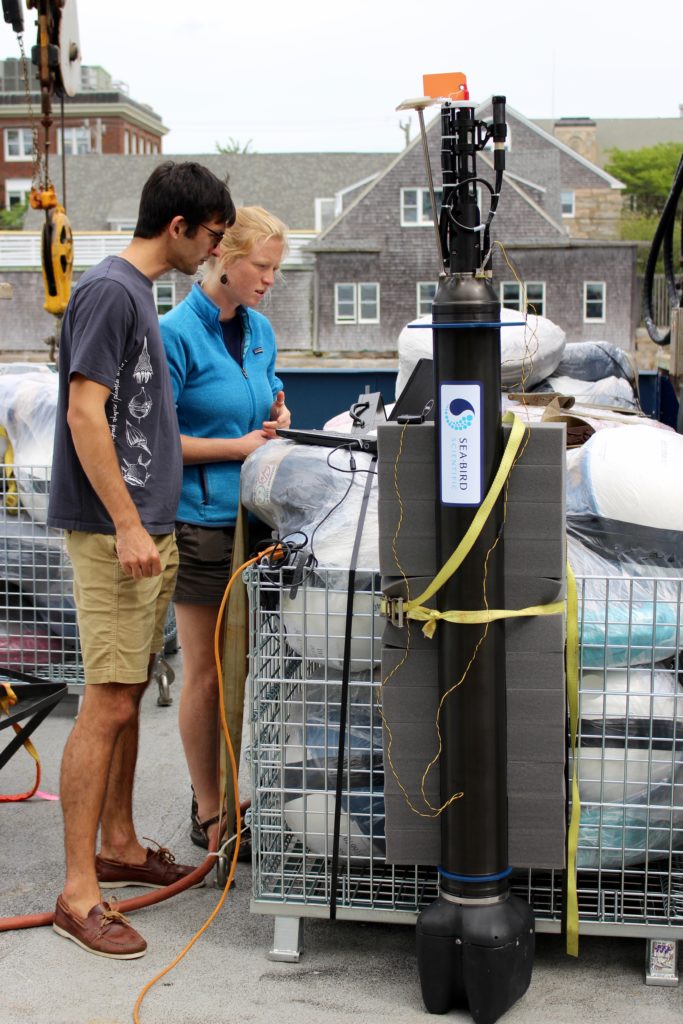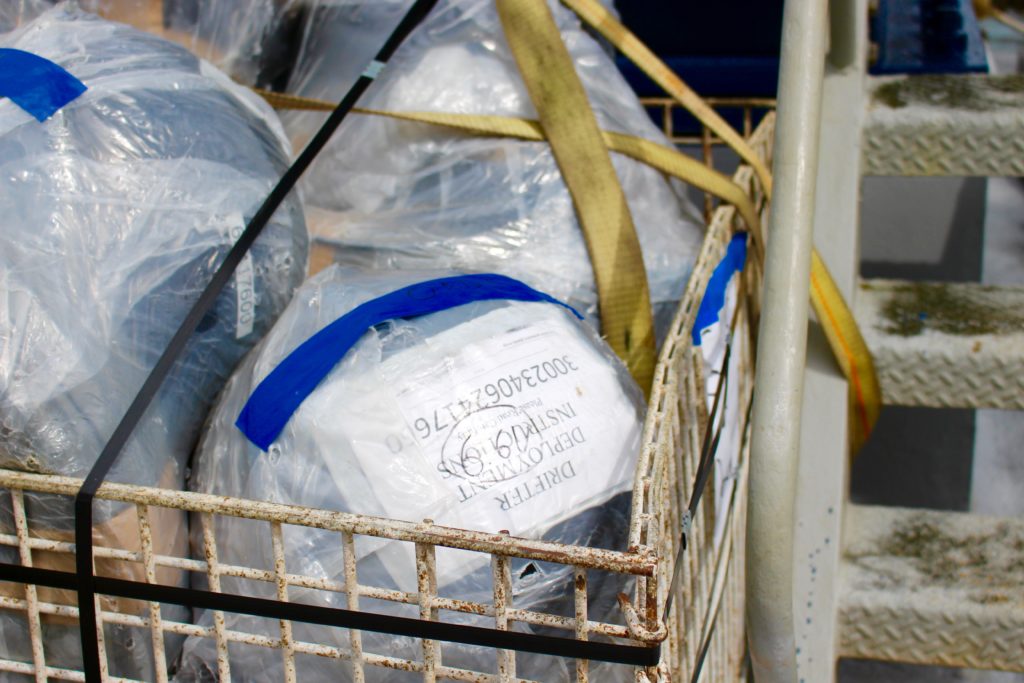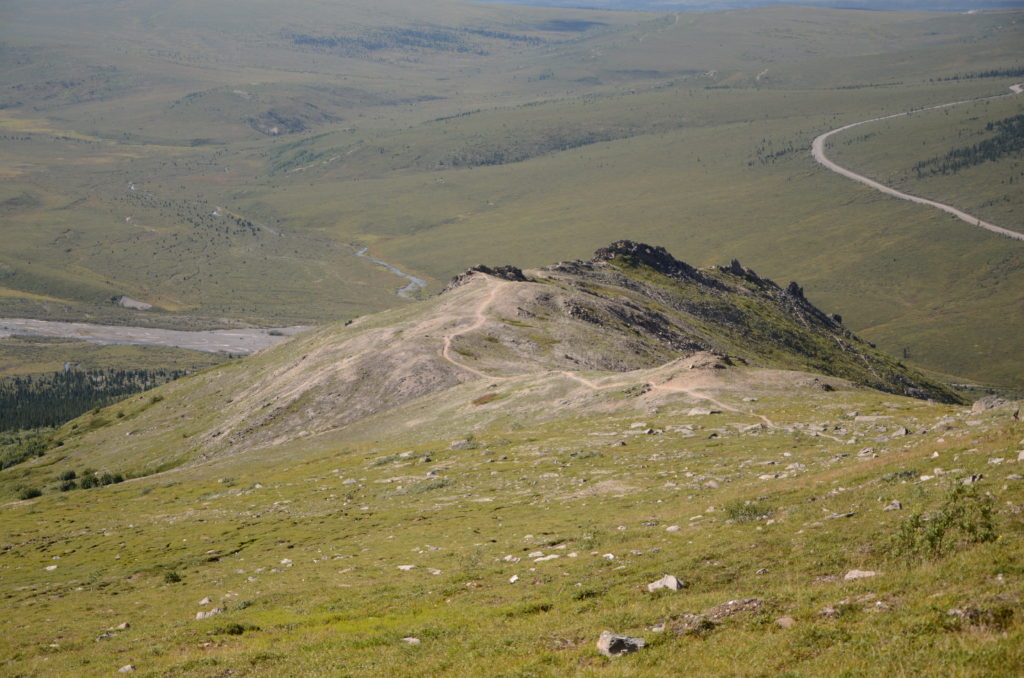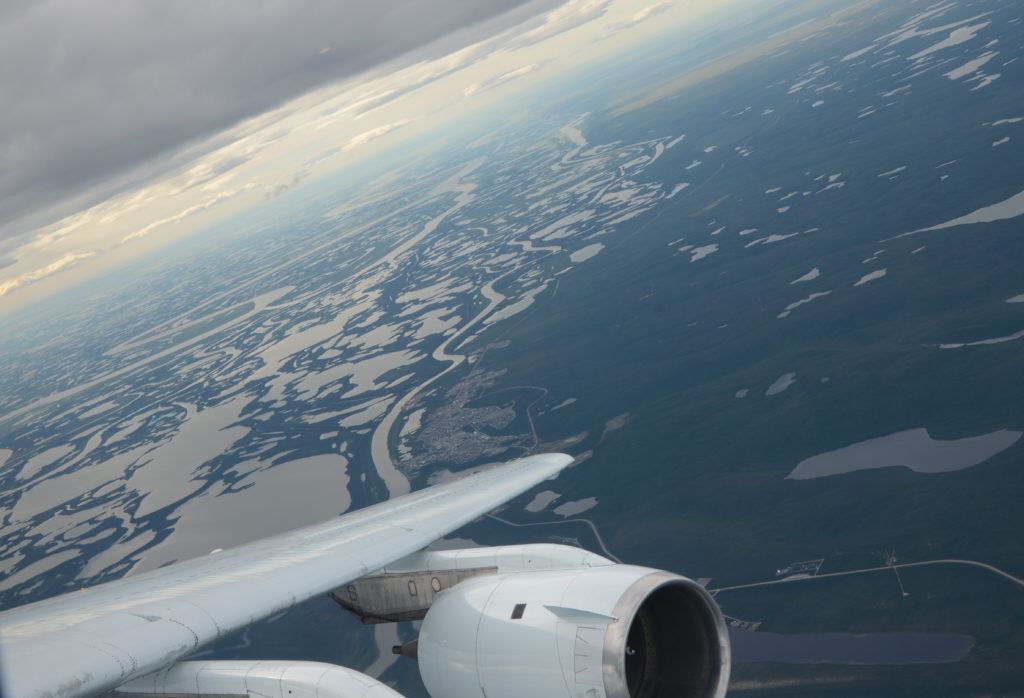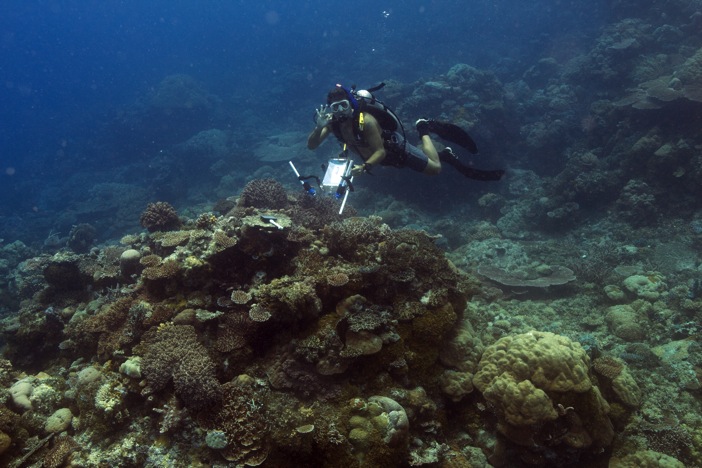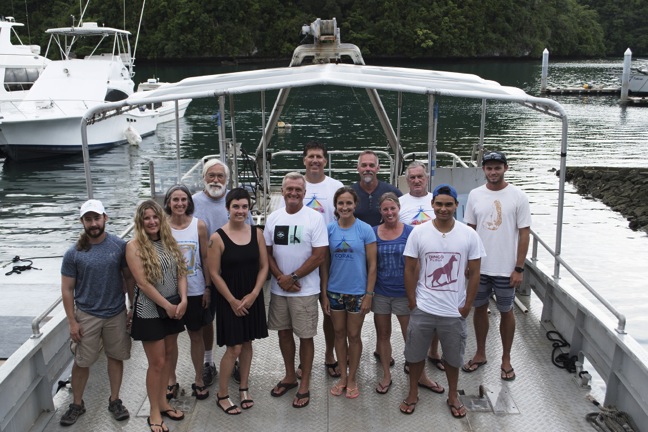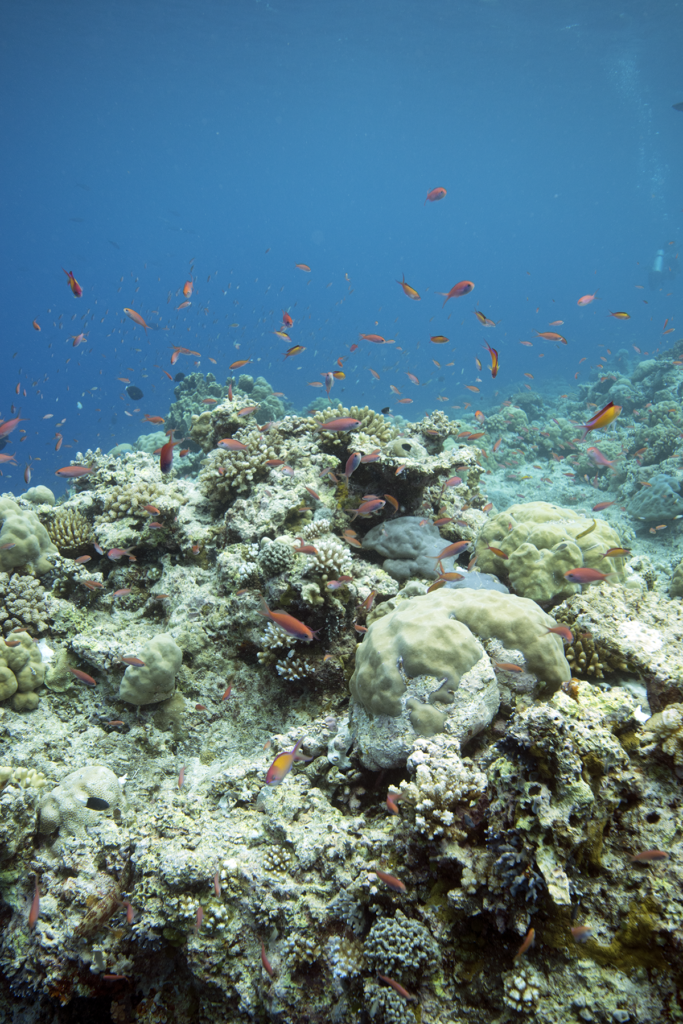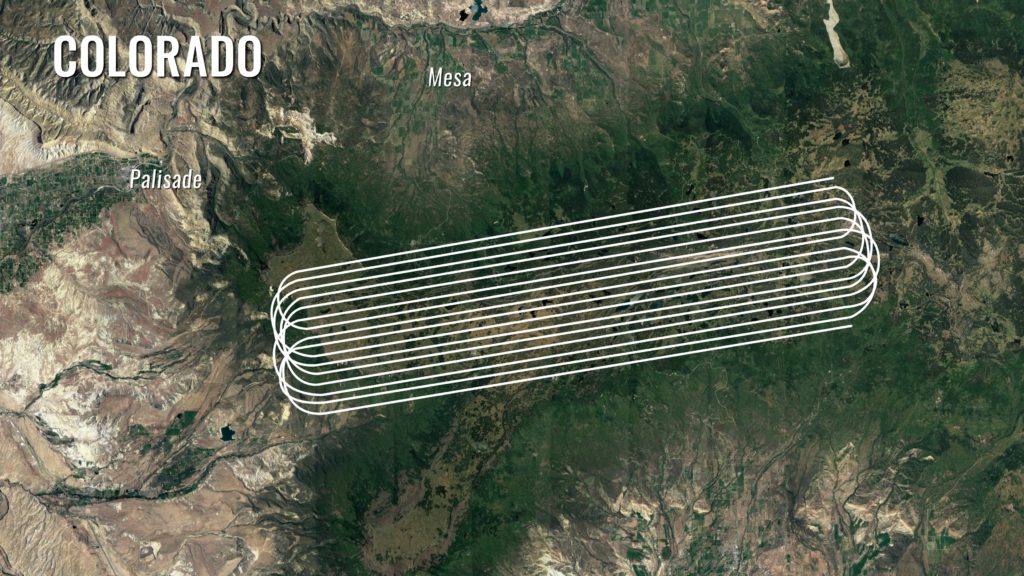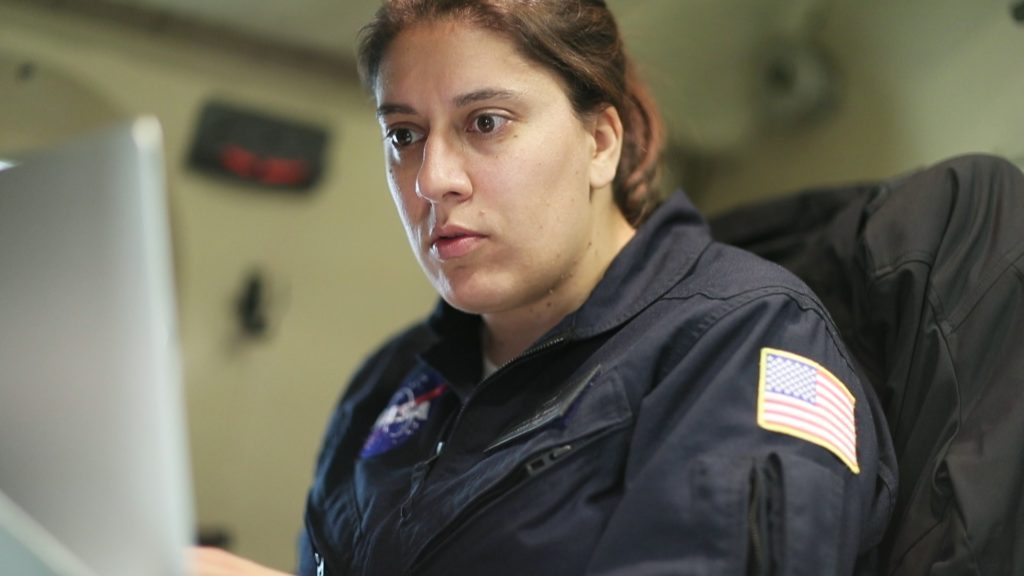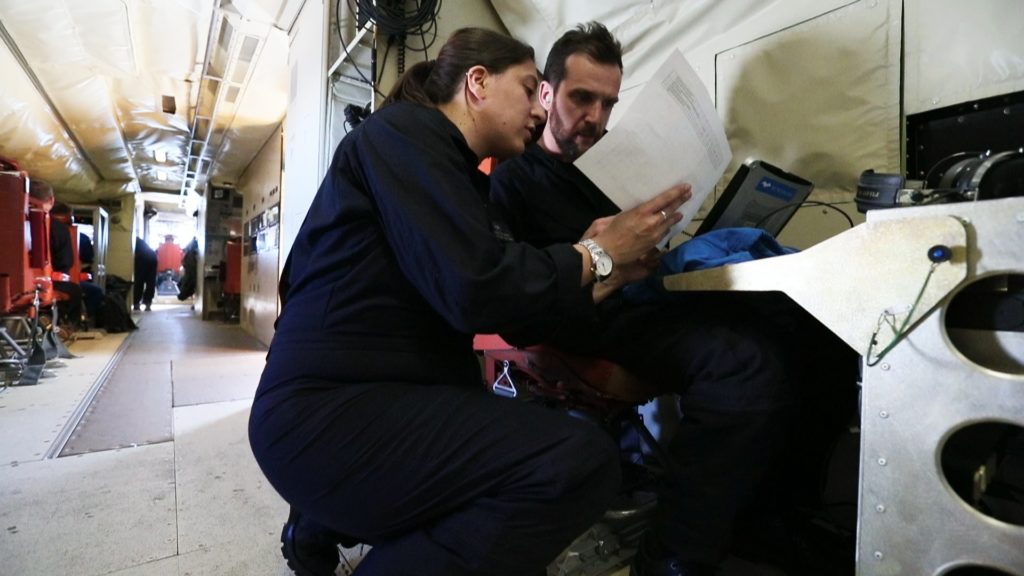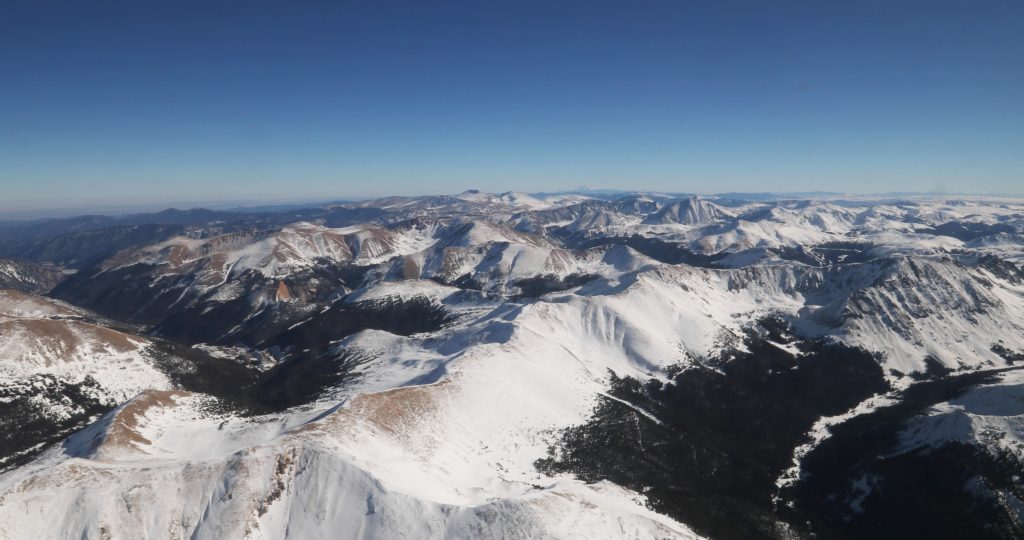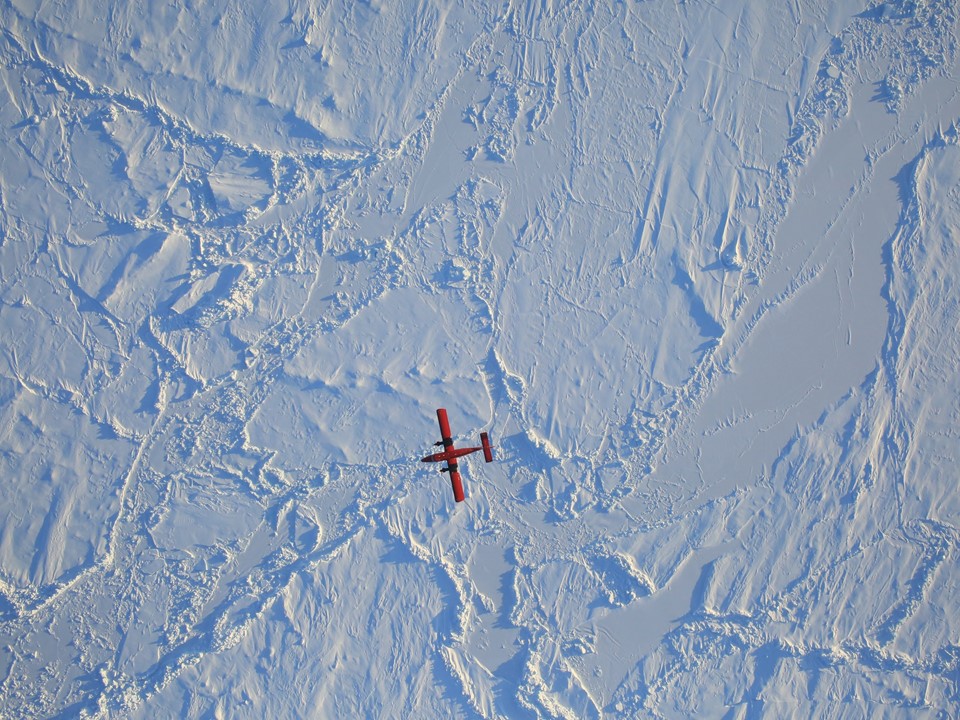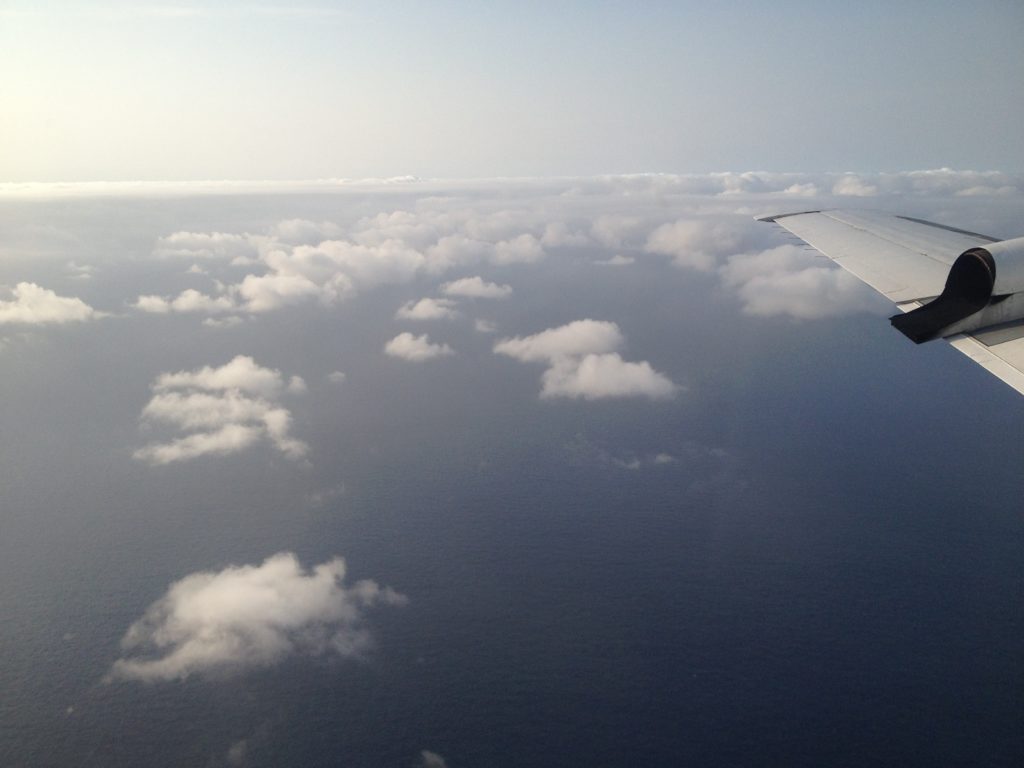
by Kristina Pistone / NASA Ames Research Center /
I’m not gonna lie: field work is probably my favorite part of the job as a scientist. Aside from my personal interest in visiting new places and cultures, having firsthand experience in data collection is valuable for when we return home and start doing the hard work of interpreting our observations to understand new things about Earth’s climate. While it’s often physically and mentally exhausting, being in the field provides a context that is difficult to get even from the most thorough notes by colleagues.
Thus, I was very excited to be able to participate in the ORACLES-2017 deployment in São Tomé, a tiny island in the crook of Africa’s arm, where we flew NASA’s Orion P-3 aircraft to understand how pollution affects clouds in this region. My colleagues Kirk Knobelspiesse and Michael Diamond have already posted a couple of great pieces, which include an overview of ORACLES, the general science questions we are studying, and how we go about doing that in the middle of the Atlantic Ocean.
I work primarily with 4STAR, the Spectrometer for Sky-Scanning, Sun-Tracking Atmospheric Research, a pretty cool instrument which we use to learn about pollution in the atmosphere. (See a more detailed post about the instrument here.) For 4STAR, deployment involves not only having an operator on every flight to make sure the instrument is in the right mode at the right time, but also cleaning and calibrating it before and after each flight to make sure everything is going as expected and that we’re able to process and interpret the data when we get home.
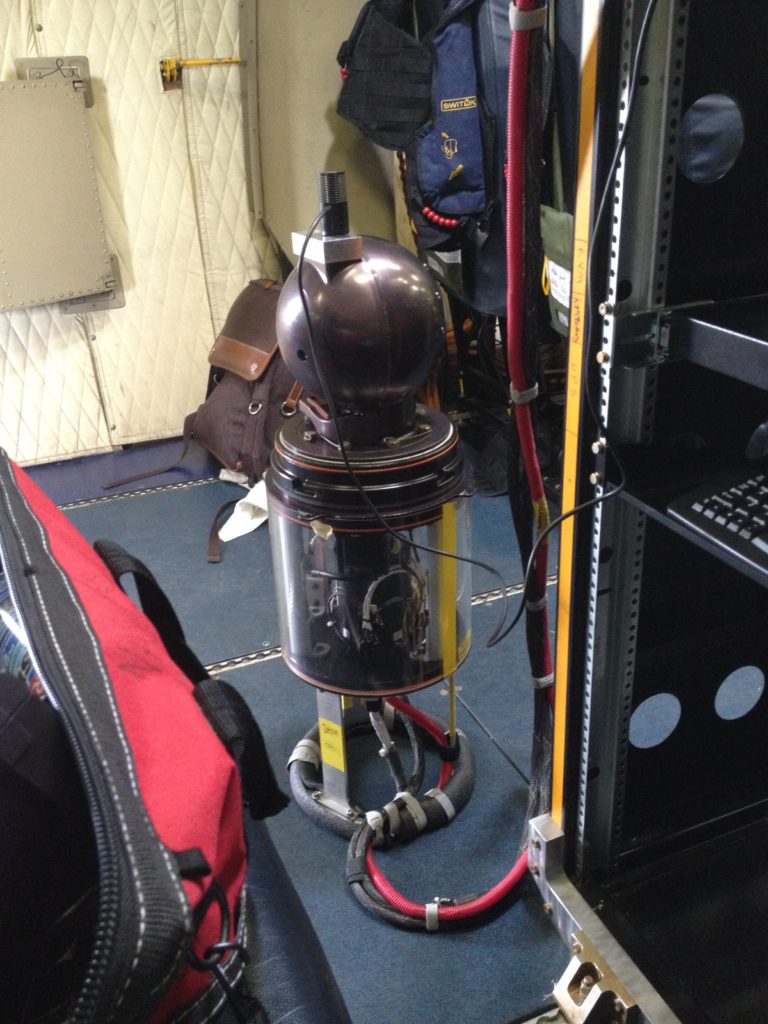
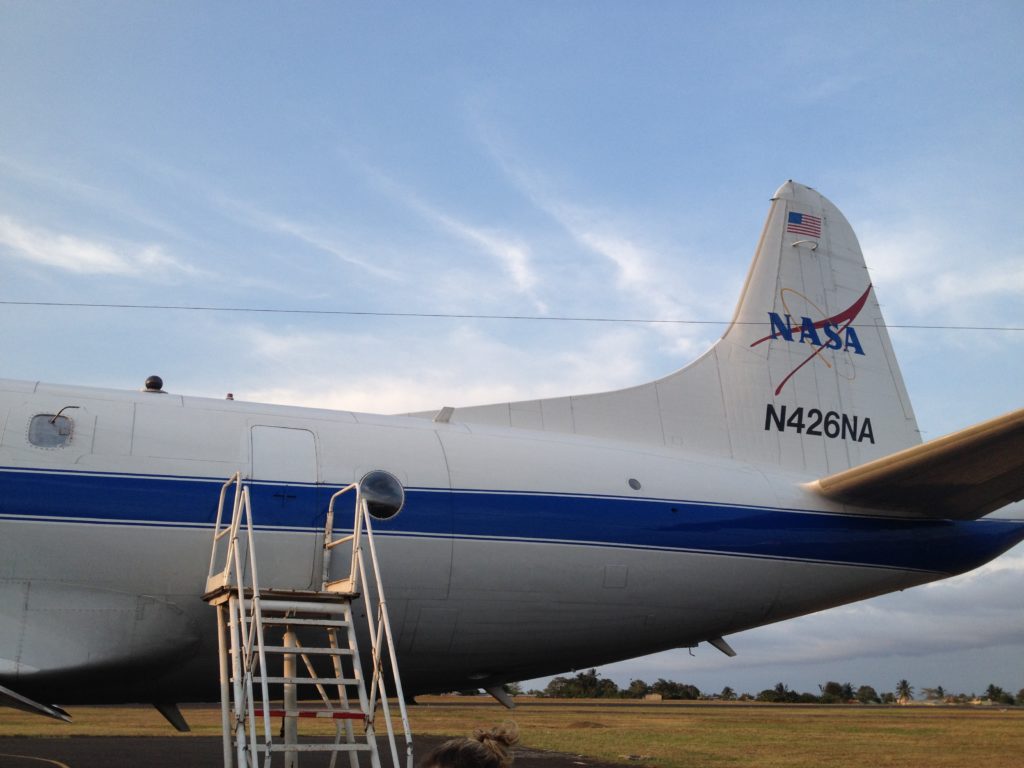
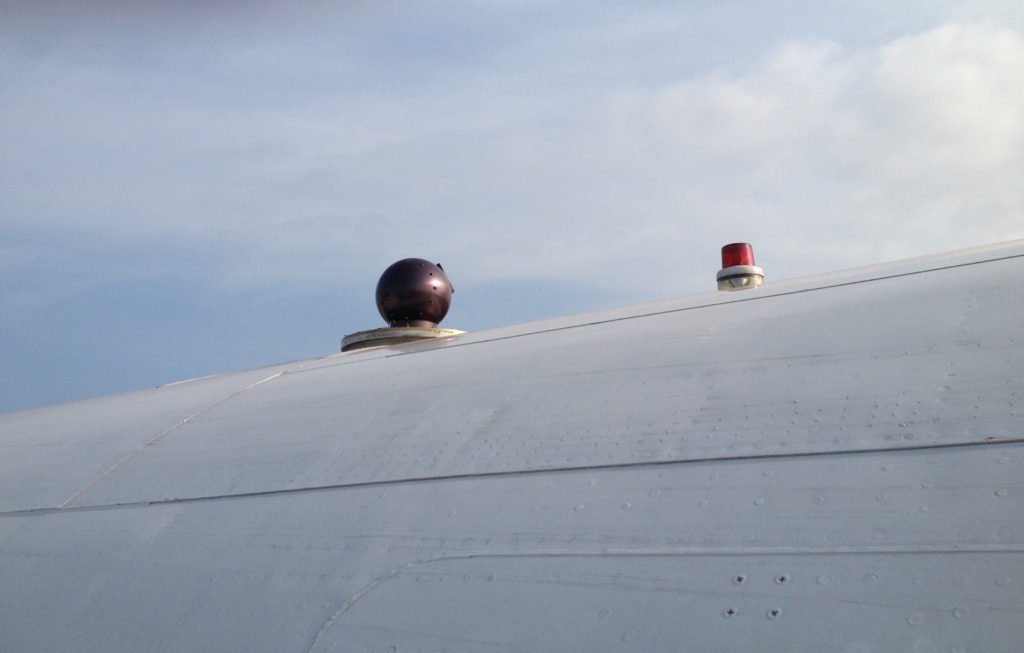
Of course, despite months and even years of planning and organization, sometimes field work doesn’t go quite as expected. It’s a huge feat to pull off a massive, international, multi-institutional observing campaign, especially when it’s happening on the other side of the world and in a country where the infrastructure, where it even exists, is less well-maintained than we’re used to in the United States. Even with an excellent logistics team (which we had) things can still go wrong: shipments are delayed, the weather doesn’t cooperate, hardware suddenly fails for no apparent reason and then, right as you’ve fixed it, something different breaks. Part of the job is to make things work in the face of unexpected challenges. ORACLES-2017 was no exception. While we’ll be processing and analyzing the data we collected for months to come, there were some notable ordeals.
When I arrived in the second half to relieve my colleagues, the team had already had to deal with several mechanical issues that, while minor, meant that in the name of safety we couldn’t fly on the schedule that was initially planned. The team had to develop a new flight schedule on the fly, so to speak, while still taking into account how the atmospheric conditions changed from day to day so that each flight maximized the amount of data toward our science goals.
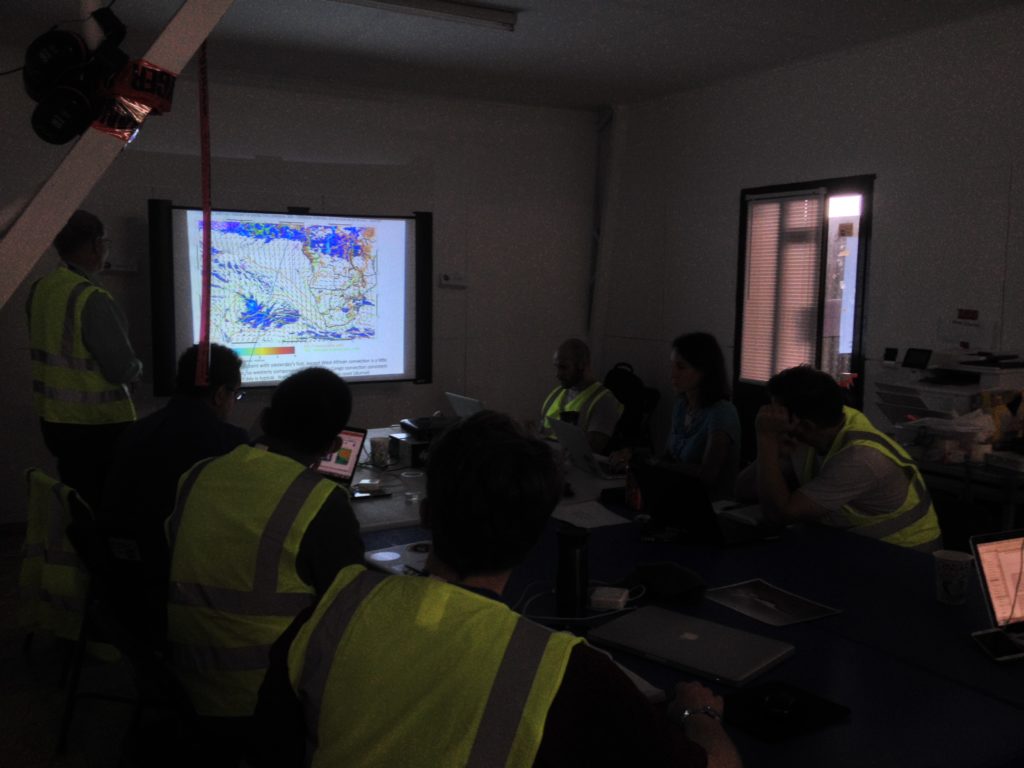
Instruments break. When the aerosol mass spectrometer’s (AMS) instrument power supply died with three flights still remaining, we were able to get the system working again by opening 4STAR’s spare computer and donating its power supply to the other instrument team (known as HiGEAR, since they’re from the University of Hawaii and scientists love acronyms). It ended up being functional if inelegant, due to the slightly different sizes of the two computers.
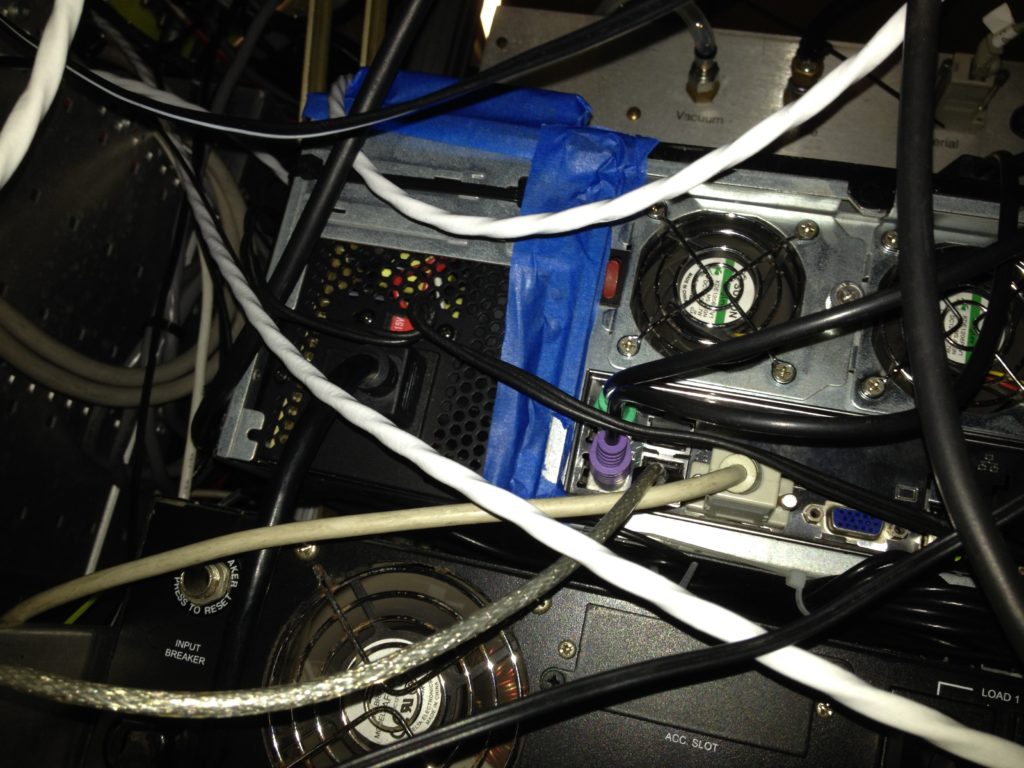
On one of our non-flying days we walked to the equator, which ran south of where we were staying (a change from flight days, when we would fly over it on our way to sample clouds). A couple of locals ended up walking along with us and between their limited English and my broken Spanish-inspired Portuguese and a lot of gesturing towards the ORACLES logo on other team members’ t-shirts, I tried to explain what exactly we were doing in their country: why we’re measuring pollution and clouds, why particularly São Tomé is the place we chose to come to measure these conditions, and how understanding the conditions of ORACLES is important to our broader understanding of Earth’s climate.
I’m not sure I got all the way through those points, but I hope it was at least partially intelligible, as part of our job as scientists is to convey to non-scientists why what we do is important. And having conversations with people who otherwise might not be exposed to Earth science is particularly important to me since we all live on the same planet, and as recent events have sadly reminded us, what goes on in Earth’s climate system often has very immediate impacts on people’s lives.
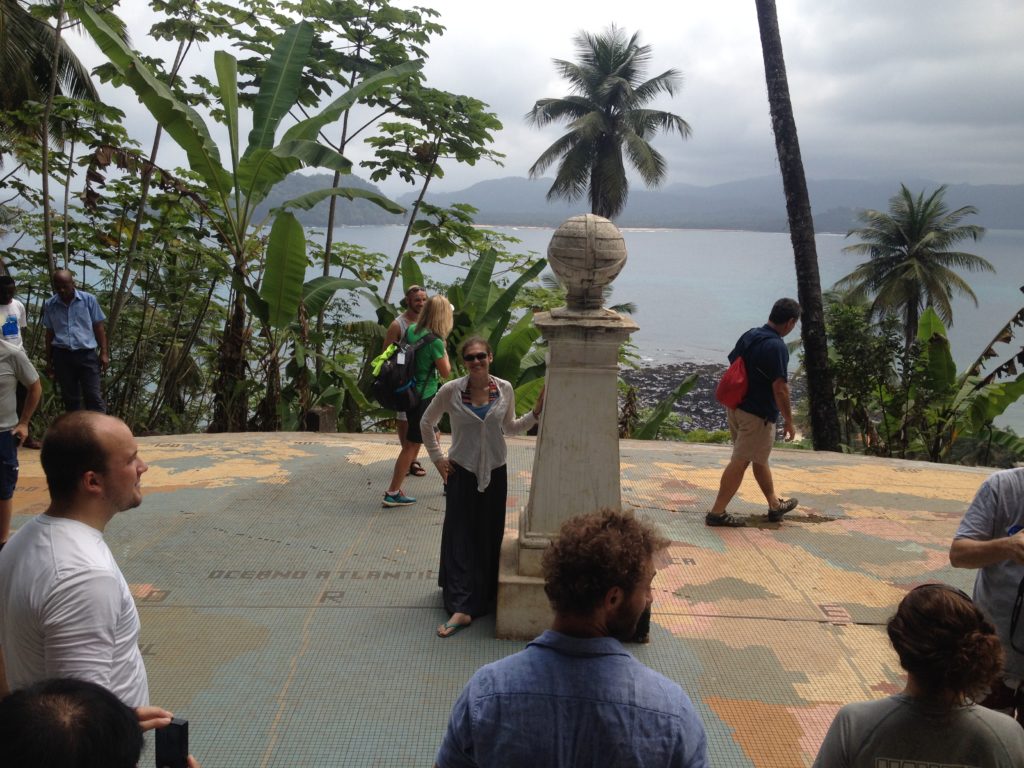
One final note: a lot of us scientists, despite being Earth scientists, were super bummed to miss out on the North American eclipse last month. I think it led to a couple hours of computer screens looking like this:
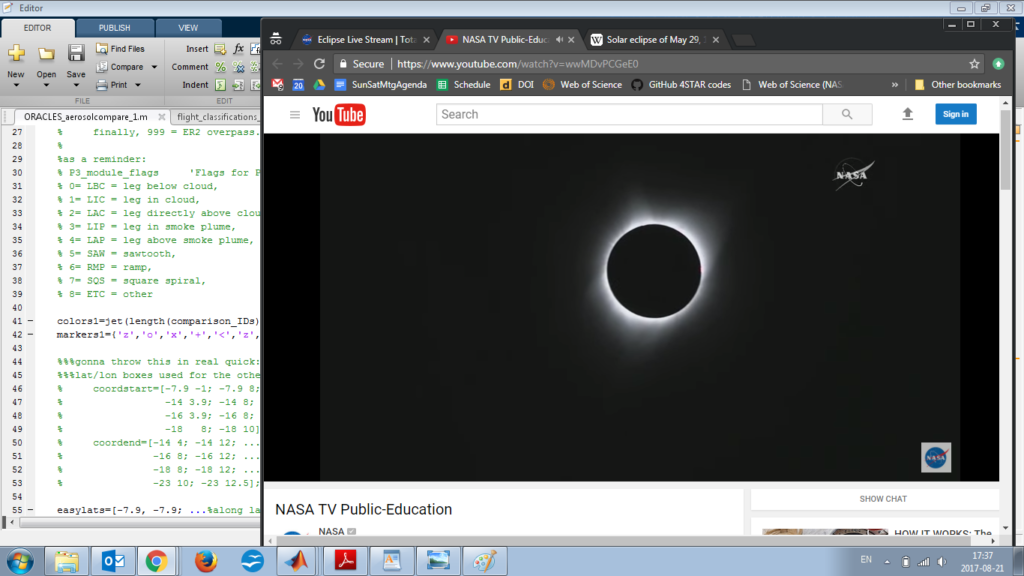
But did you know that São Tomé and Príncipe played a role in another scientific eclipse event? It was one of the locations to which scientists traveled in 1919 to make observations during a different total solar eclipse that would then be used to verify Einstein’s theory of general relativity. It’s amazing to think that a hundred years ago there were scientists who probably had to overcome their own field work challenges very near to the places we were staying. Just another reminder of how global an endeavor this thing we call science is.

